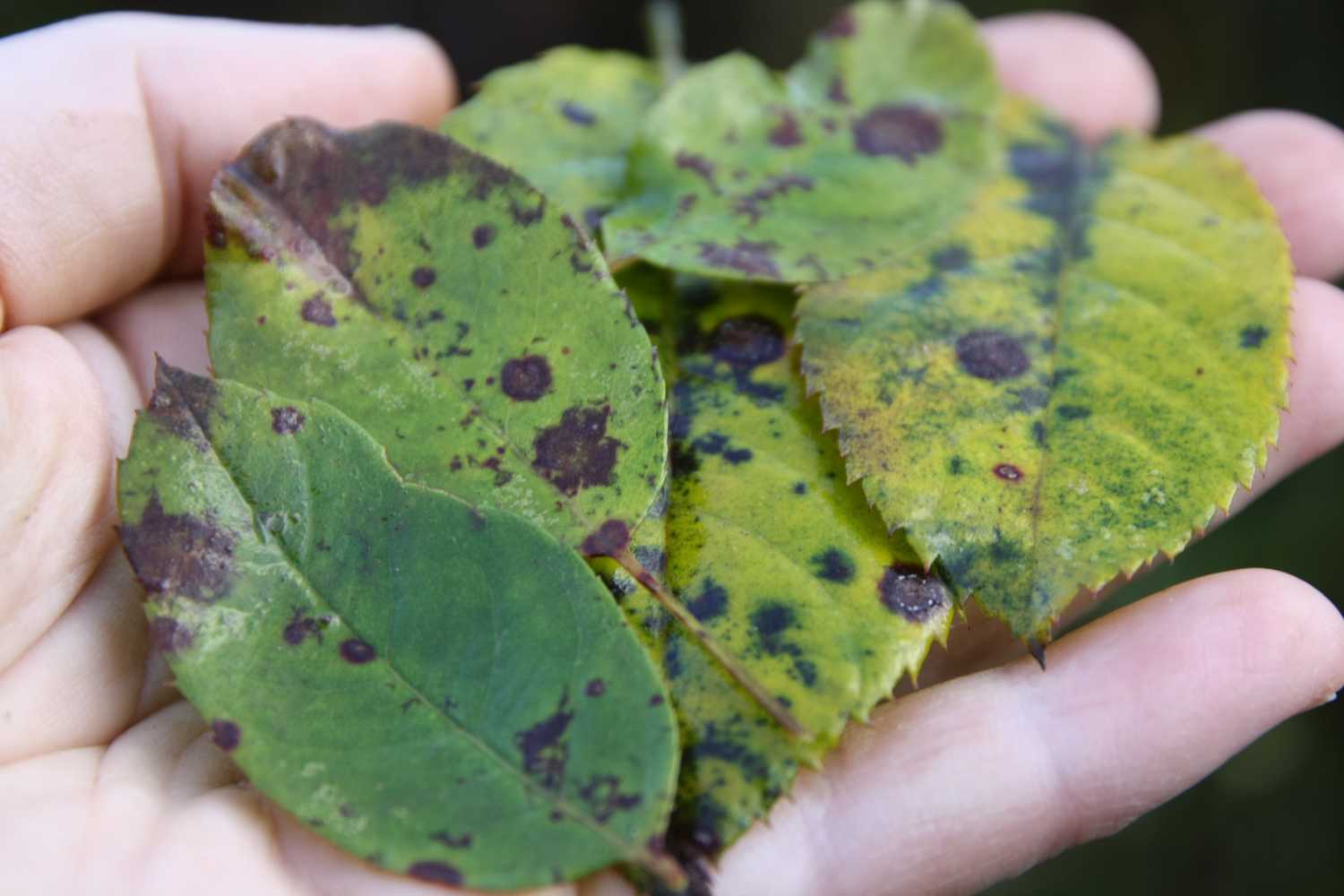
Diseases of roses
Identification and treatments
Contents
Rose diseases are common in the garden. The most frequent ones are rose white (powdery mildew), black spots (Marsonia), rust, and grey mould (Botrytis), but they can be easily managed when symptoms are spotted in time.
A proper diagnosis is the first step to act quickly and choose the appropriate treatment if necessary.
The white of the rosebush or powdery mildew
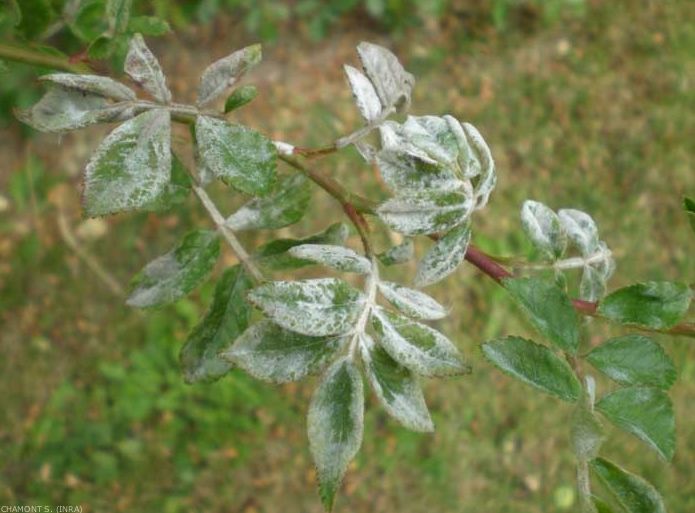
Rose branch affected by powdery mildew (Photo: Chamont S. – INRA)
-
Description
Powdery mildew, also known as white disease of roses, is a common disease caused by fungi belonging to different genera. In the case of roses, powdery mildew is caused by Podophaera pannosa. It can appear as early as mid-spring. Powdery mildew is generally favoured by warmth, a sheltered position, and moderate humidity. It is less virulent during rainy episodes. Drought, especially after a period of high humidity, seems to be a contributing factor.
-
Symptoms
A greyish-white felt, with a farinose appearance, covers the leaves, new shoots, and flower buds. In cases of severe infestation, the tender stems and buds become deformed. Roses may be weakened, and their flowering reduced.
-
Prevention
– The best prevention is to choose less sensitive varieties when possible.
– Avoid excessive nitrogen fertiliser, which makes plants more susceptible to the disease.
– Sufficient amendments, along with generous and regular watering, are also good ways to prevent it.
– An attack can be quickly detected by the slight curling of the leaves that precedes the appearance of the characteristic white felt.
– Prune contaminated stems with pruning shears in spring and summer.
– Collect dead leaves with a rake and burn them.
– Spray an elicitor (phytostimulant) to trigger a defensive reaction in plants in the absence of true aggression. This is equivalent to natural vaccination.
-
Control Methods
– Spray a sulphur-based fungicide.
Read also
Getting rid of rust diseaseBlack spot disease or Marsonia
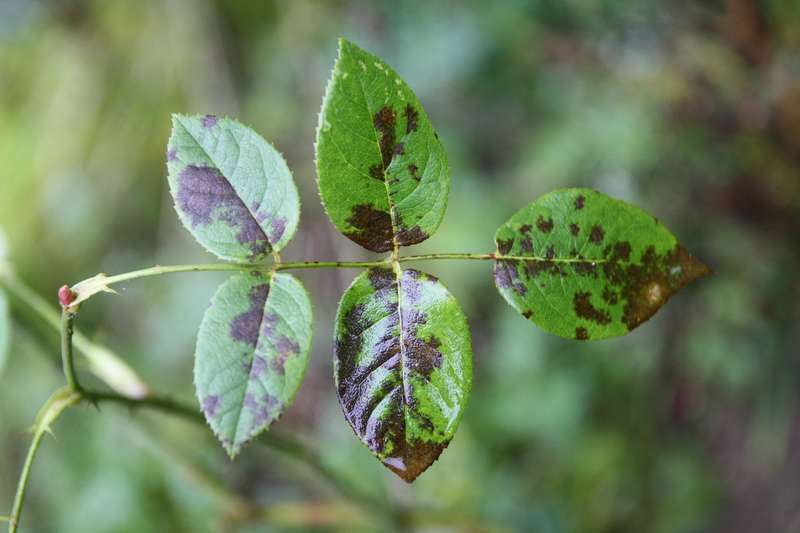
Rose leaf affected by black spot disease.
-
Description
Black spot disease or marsonia is a disease caused by various fungi. Here, it is Marssonina rosae. Heat and humidity are very favourable to its development.
-
Symptoms
Round black spots with thread-like edges, often bordered by a yellow halo, first develop on the lower leaves. The affected leaflets quickly turn yellow and drop prematurely. They detach at the slightest contact. During a severe attack, roses can become completely defoliated by mid-summer. The premature leaf drop hinders growth, and when the rose restarts, it dedicates all its energy to forming new foliage, to the detriment of flower buds.
-
Prevention
– Choose varieties that are little or not susceptible to the disease.
– Space the roses sufficiently apart.
– Avoid excessive applications of nitrogen-rich fertilisers.
– Water preferably in the morning, without wetting the foliage.
– In case of regular severe attacks, spray preventively in spring with a copper-based product (12 g of Bordeaux mixture for 10 m2).
– You can also regularly spray a horsetail decoction.
-
Control Methods
– Only preventive treatments are effective.
– Pathogenous germs survive on fallen leaves, so collect the affected leaves and burn them.
Discover other Roses
View all →Available in 0 sizes
Available in 2 sizes
Available in 3 sizes
Available in 2 sizes
Available in 2 sizes
Available in 2 sizes
Available in 2 sizes
Available in 2 sizes
Available in 2 sizes
Available in 2 sizes
Rust
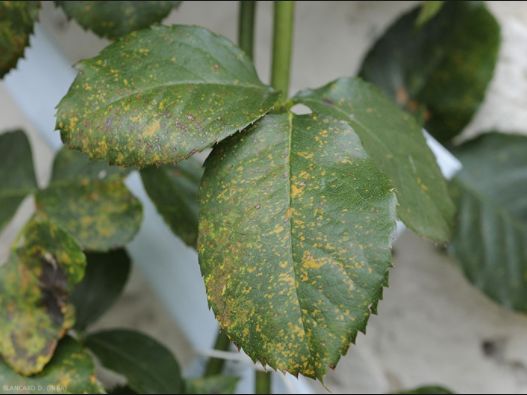
Orange rust pustules can be seen on the leaves of a rose bush affected by the disease. (Photo: Blancard D. – INRA)
-
Description
Rust is a disease caused by different microscopic fungi specific to each plant species. In the case of the rose bush, it is Phragmidium mucronatum. This fungal disease weakens the plant. Rust is favoured by warm, humid weather and a confined atmosphere.
-
Symptoms
Rust forms small yellow-orange spots appearing on the upper side of the leaves, with pustules covering the underside. The tissues undergo necrosis and die. Affected plants are generally not severely impacted, but premature leaf drop quickly becomes unsightly.
-
Prevention
– Choose resistant varieties when available.
– Avoid watering the foliage.
– Collect and burn affected leaves.
– Preventively spray a copper-based product such as Bordeaux mixture.
– The disease may be a result of potassium deficiency, which is why it is necessary, after treatment, to apply a potassium fertiliser or spread wood ash at the base of the affected rose bush.
– You will also benefit from improving air circulation around the rose bush.
-
Control Methods
– Spray a horsetail decoction every two weeks.
Read also
Nettle manure: how to make it?Grey mould or Botrytis
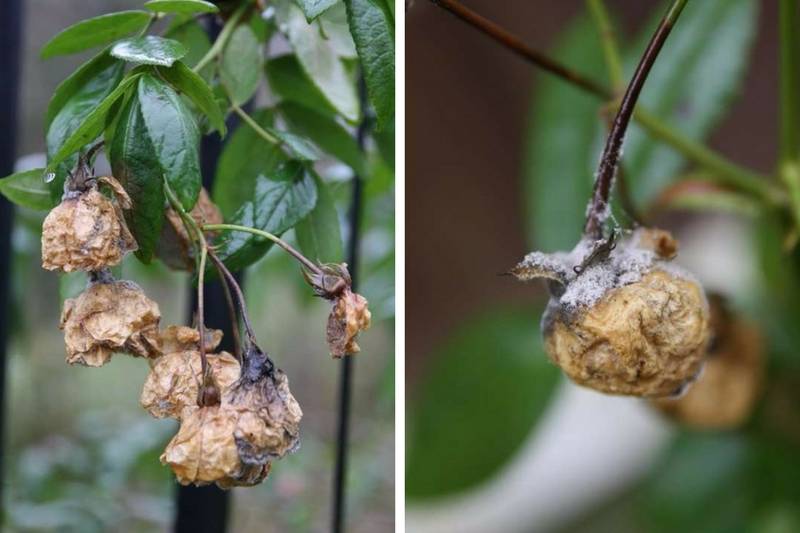
-
Description
Botrytis is a disease caused by a non-specific microscopic fungus (Botrytis cinerea) that can affect many plants. This fungus thrives in warm, humid conditions. In the garden, it is observed during damp weather on varieties with very double flowers, without causing any harm to the rose.
-
Symptoms
The petals are “spotted”, causing the wilting of fully opened flowers, which dry out and become covered with a greyish mould.
-
Prevention
– Remove faded flowers.
– Avoid excessive nitrogen fertilisation.
– Avoid watering your roses in the late afternoon and grow your roses in sunlight.
-
Control Methods
– Affected roses should be promptly removed to prevent the spread of the fungus.
– Any other control measures are rarely justified.
Elicitors or phytostimulants
Some plant extracts act as elicitors or phytostimulants. They often contain salicylic acid (a natural elicitor) which puts the plant in a state of alert, preparing it to react quickly to any aggression. They should therefore be used as a preventive measure during significant or chronic attacks.
These elicitors include:
- Yarrow (Achillea millefolium)
Make an infusion of fresh yarrow leaves. To do this, place 25g of leaves in 1 litre of cold water and heat until just simmering (exactly 80°C). Then let it cool before straining. Spray diluted to 10%.
- Horsetail (Equisetum spp.)
Place 200g of dried horsetail in 10 litres of rainwater. Dilute to 5% for spraying.
- Meadowsweet (Filipendula ulmaria)
Make an infusion of dried meadowsweet flowers. Place 25g of dried flowers in 1 litre of cold water. Proceed as with yarrow and spray your infusion diluted to 20%.
- Nettle (Urtica dioica)
Make a fermented extract (manure) that you spray diluted to 20% from the end of March.
We advise against spraying more than twice a month.
Other cases
Other diseases can affect your roses: viral diseases such as rose mosaic, downy mildew, sooty mould, or even armillaria (root rot). However, these diseases are rare, if not extremely uncommon.
Finally, you may notice yellowing of your rose’s leaves. This is not due to a disease, but to a deficiency in iron known as iron chlorosis. In most cases, it is caused by the blockage of iron assimilation by the plants due to the soil pH being too high or an excess of lime, compacted soil, and/or waterlogged conditions… To learn everything about iron chlorosis, discover the dedicated page.
Read also our article: Rose beetles: how to protect our roses from these pests?
- Subscribe!
- Contents































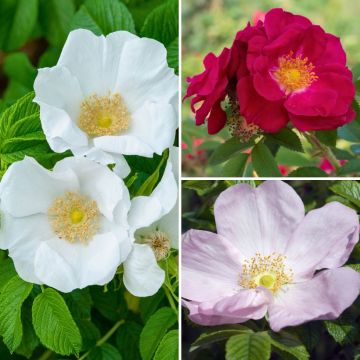
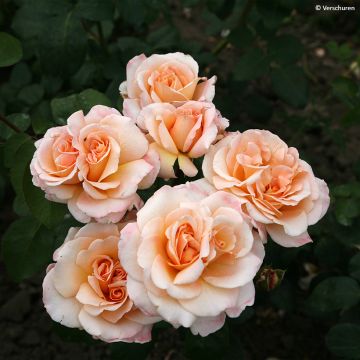
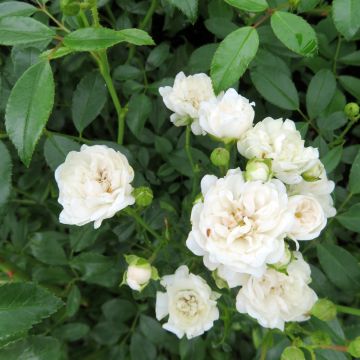



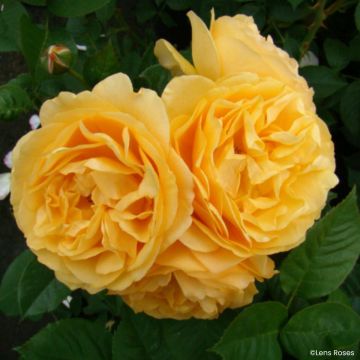
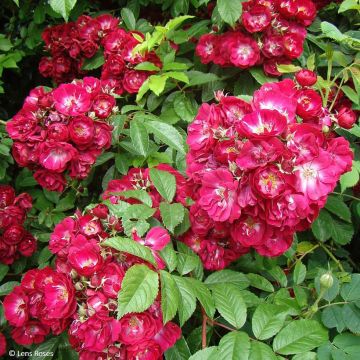
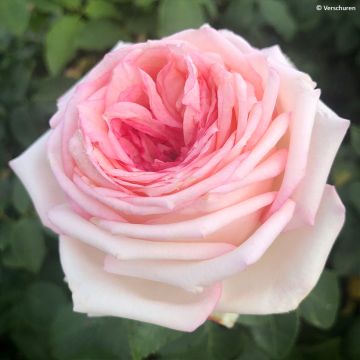
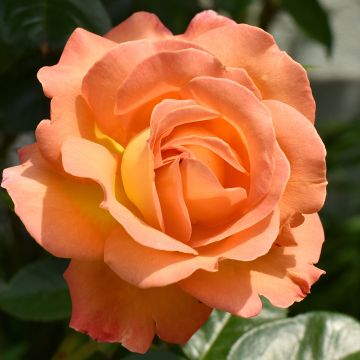
Comments